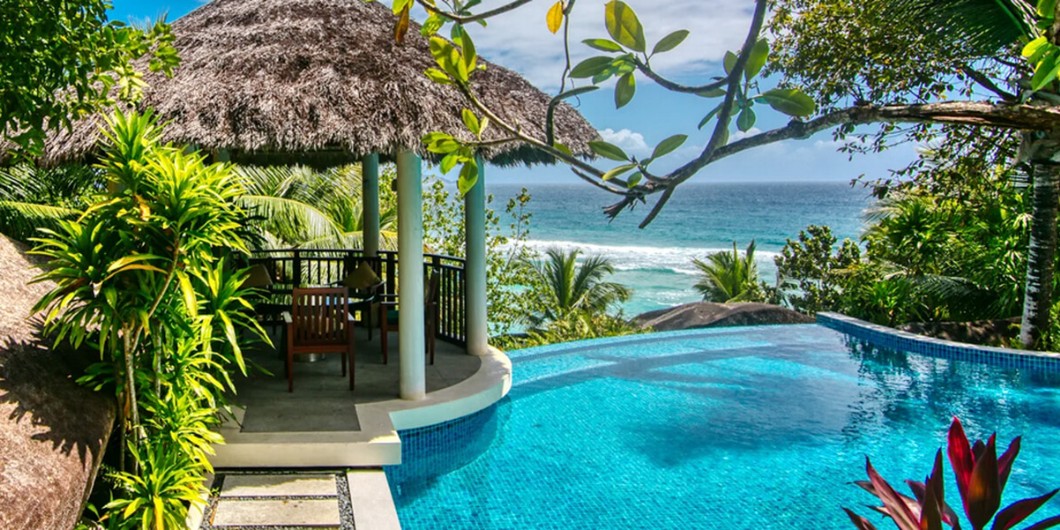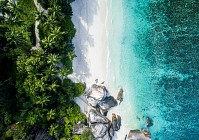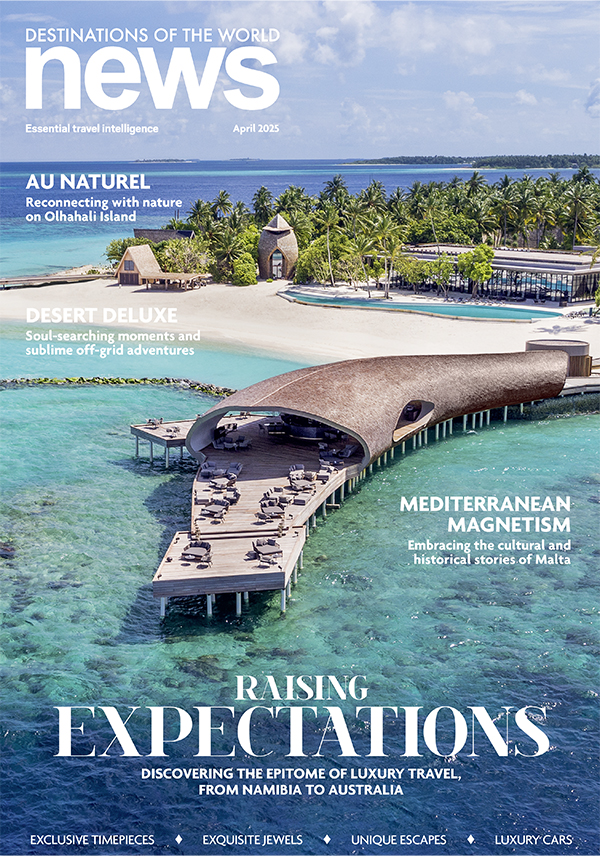Lying at the geological centre of planet Earth, the starting point from which continents have drifted over millions of years, the visually spectacular islands of Seychelles haven’t budged an inch. The people living there, however, never seem to stop moving, most notably hustling in their jobs by day, and filling dancefloors by night. Here, in one of the smallest countries in the world both by size and by population, music and dance loom as large as the massive monoliths for which Seychelles is justly famous for. On the islands beyond the main island of Mahé, in contrast, the sound of silence is interrupted only by waves, birdsong, and the occasional croaking tortoise. Most visitors to Seychelles come to enjoy the gorgeous beaches, glorious scenery, and alluring resorts that cater to their every need. Indeed, the level of luxury in the country’s best resorts is a remarkable achievement given the logistical challenges of offering deluxe accommodation and services in such an isolated location. Go deeper into isolation to discover the apotheosis of indulgent escapes enjoyed in opulent villas found on the country’s chic private islands; the country’s tourism infrastructure is well-attuned to the needs of travellers accustomed to the very best in their holidays, providing them with outstanding accommodation options, fine dining experiences, and exceptional natural beauty.
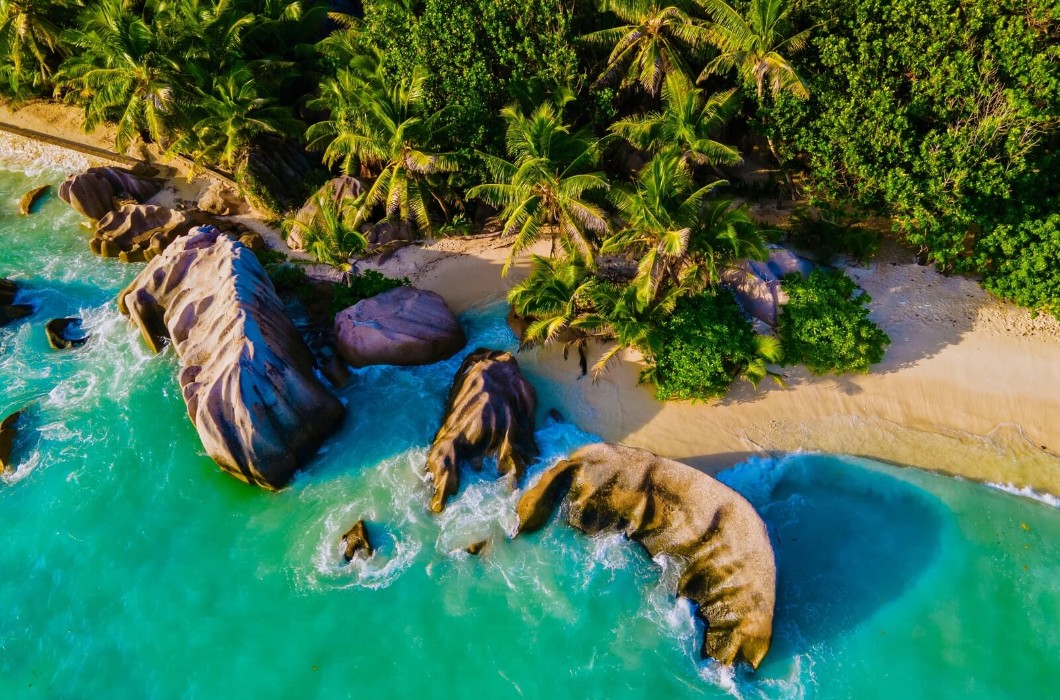
There are, of course, numerous other island destinations in the world that are indeed very nice, but none compare to the Republic of Seychelles, a country in a category of its own. Home to one of the most ethnically blended societies in the world, Seychelles will impress even the most jaded traveller with pristine beaches, verdant mountains, and granite boulder formations. Seychelles has been a favoured holiday destination since the opening of the country’s sole international airport in 1972, just in time to coincide with the advent of the Jet Age. Nowadays, when Hollywood celebrities and members of royal families are not in residence, Seychelles is rarely in the news. People here like it that way. Nevertheless, it is hard to keep such a jewel of a place secret in our current age of internet and social media.
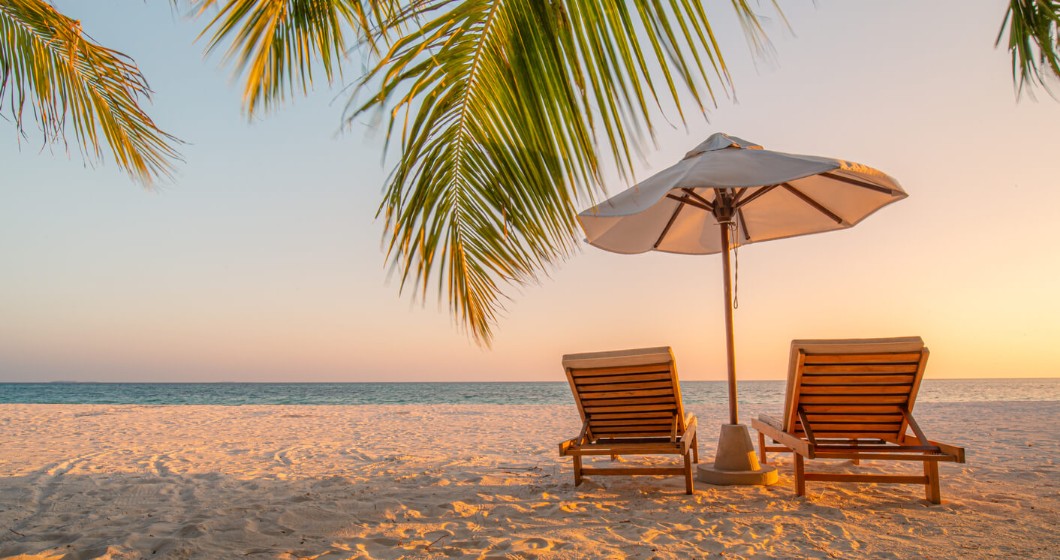
Though it’s often classified as an African country, the truth is that the population of 120,000 is a fascinating reflection of the history of these Indian Ocean islands that have passed from obscurity to prominence via discovery, colonisation, revolution, and tourism. Having African, Indian, Chinese, Arab, Malagasy, and European influences in the gene pool – and often in the same family – it is normal to see faces considered exotic most everywhere else. Blue-eyed Africans and Chinese redheads? They are here, along with a myriad of other smiling faces. The culture is openminded and progressive. Rightfully so, the Seychellois are fiercely proud of their unusual history and make great efforts to see that it is preserved and passed on to the next generation.
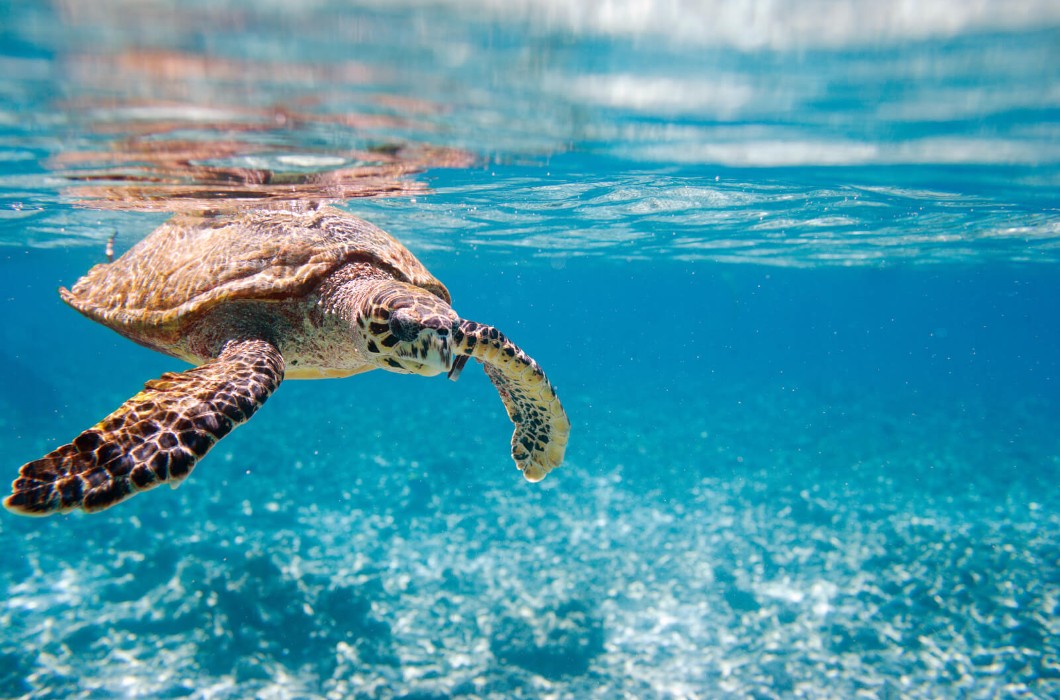

Not that discreet travellers see many of the locals when ensconced in sumptuous villas on private islands. There are several islands with a single resort on each, making the island private by virtue of the absence of any other accommodation. The new Waldorf Astoria Seychelles Platte Island is making headlines this year since its opening in early February. The luckiest guests occupy the five-bedroom Eagle Ray Villa, located in a more secluded part of the resort for attaining a yet higher plain of privacy. It is anything but plain, however; the expansive villa provides more than 750 square metres of private space comprising of well-appointed rooms, a garden, pool area, and outdoor dining area. The Eagle Ray Villa makes the perfect choice for families and friends celebrating special occasions or just wanting to get away from it all. The resort also has one, two, and three-bedroom villas in its inventory.
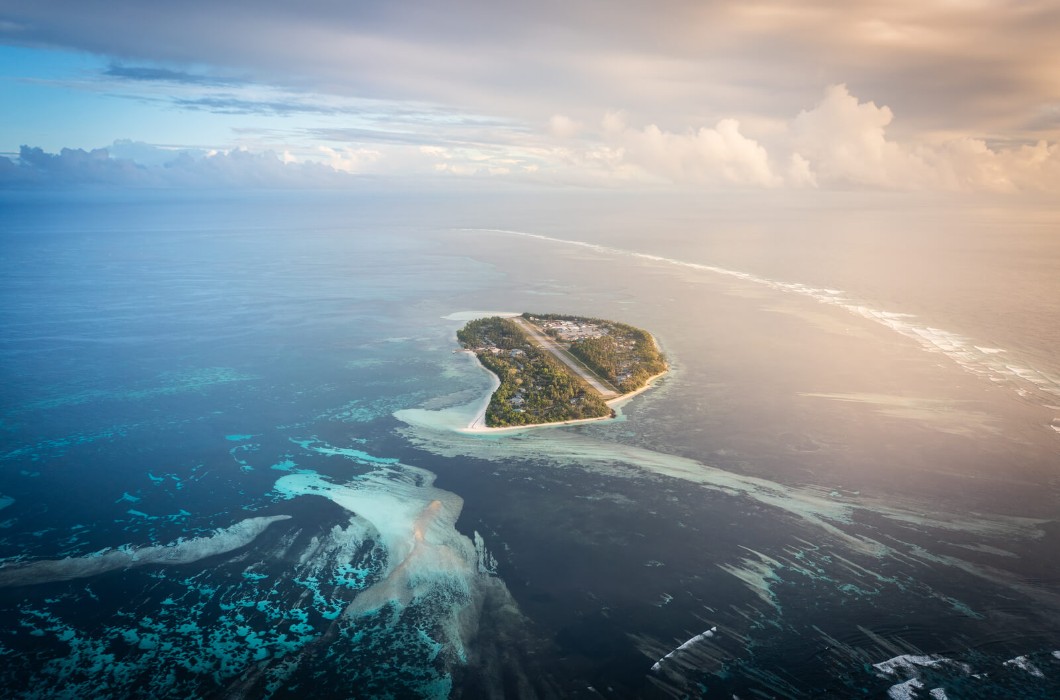
Among the joys of a stay at Waldorf Astoria Seychelles Platte Island are the exceptionally delicious culinary experiences created under the meticulous supervision of Executive Chef Jane-Therese Mulry, whose long career as a genius in the kitchen has taken her from her native Australia to Thailand, South Africa, and now Seychelles. If dining in Seychelles is a sublime experience in general, Ms Mulry elevates local and international culinary experiences to another level of exquisite satisfaction. There are no fewer than six dining venues at Waldorf Astoria, offering a much more varied set of options than the one or two dining rooms typically found in small resorts on private islands, therefore allowing for variety in dining experiences without the presence of hundreds of other people.
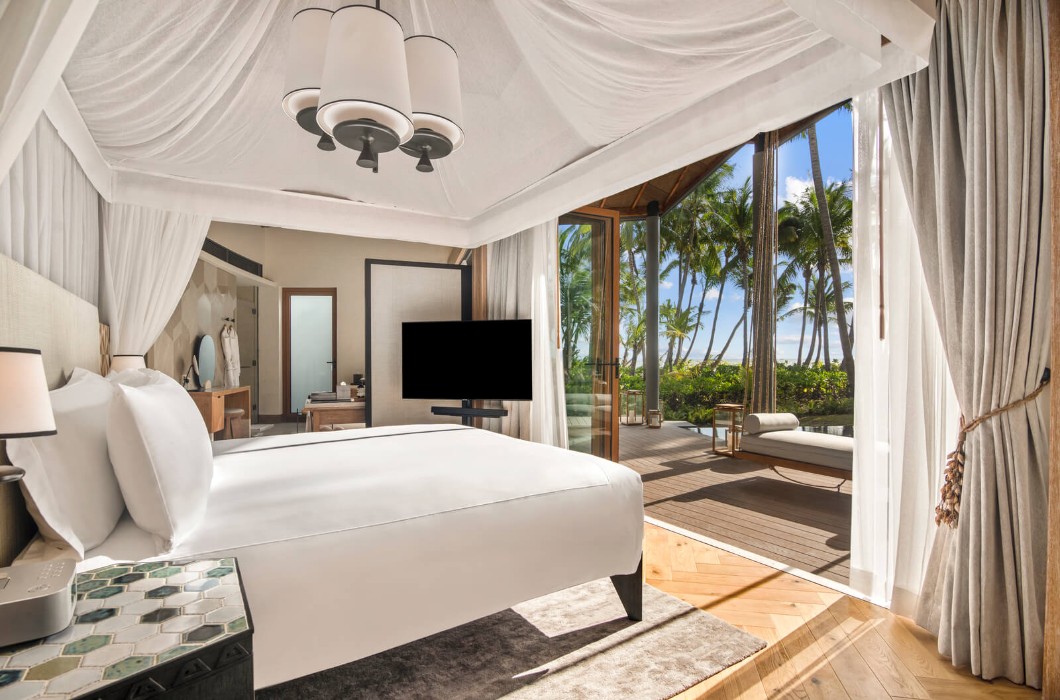
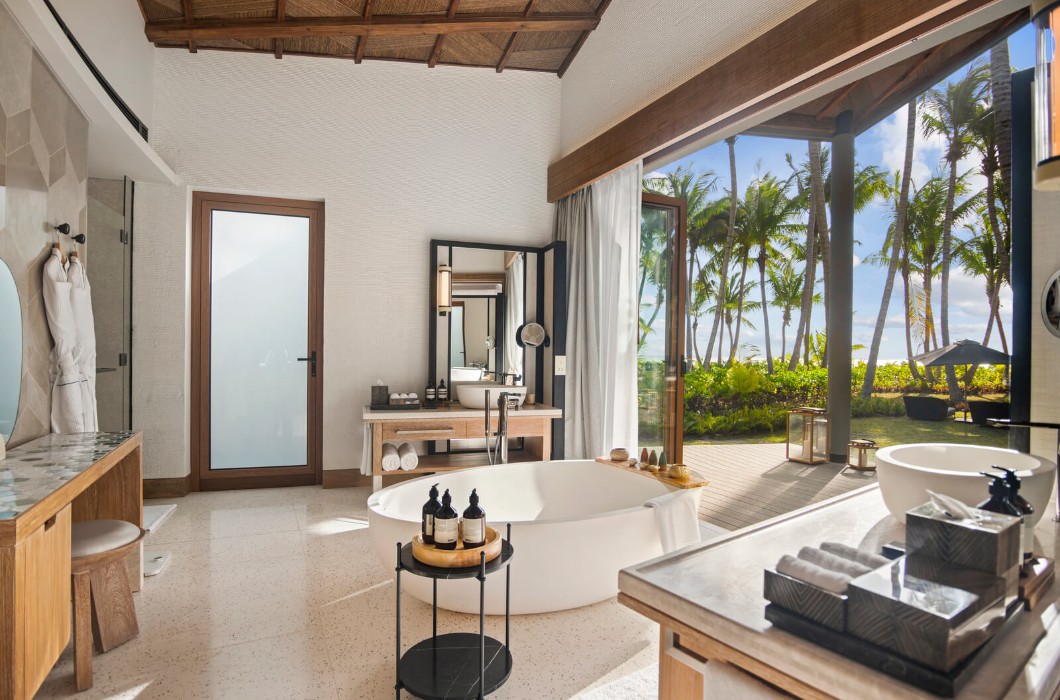
Waldorf Astoria Seychelles Platte Island is the first property in the country for Hilton’s deluxe Waldorf Astoria brand. It is not, however, the first Hilton hotel in the country. Hilton Northolme Resort & Spa, located in Glacis on the northwestern coast of Seychelles’ main island of Mahé is one of the biggest surprises in Seychelles hospitality – and also the smallest; Northolme is the smallest Hilton property anywhere in the world, but the setting is as big as the ocean. The resort’s intimate hillside location provides guests with superb views of the Indian Ocean and several islands in the distance. Two-bedroom oceanfront villas with private infinity pools create an idyllic environment for enjoying the outdoors. As does Hilton Northolme’s spa. Taking full advantage of its privileged position, the serene eforea Spa clings dramatically to a ledge just above the water line. Rather than focusing inward on the confines of a typical spa, eforea embraces its stunning location with glass-walled treatment rooms, daring guests to keep their eyes open to enjoy the view, along with massages, body treatments, and facials – the calming sound of the waves, though, does its best to make eyes close.
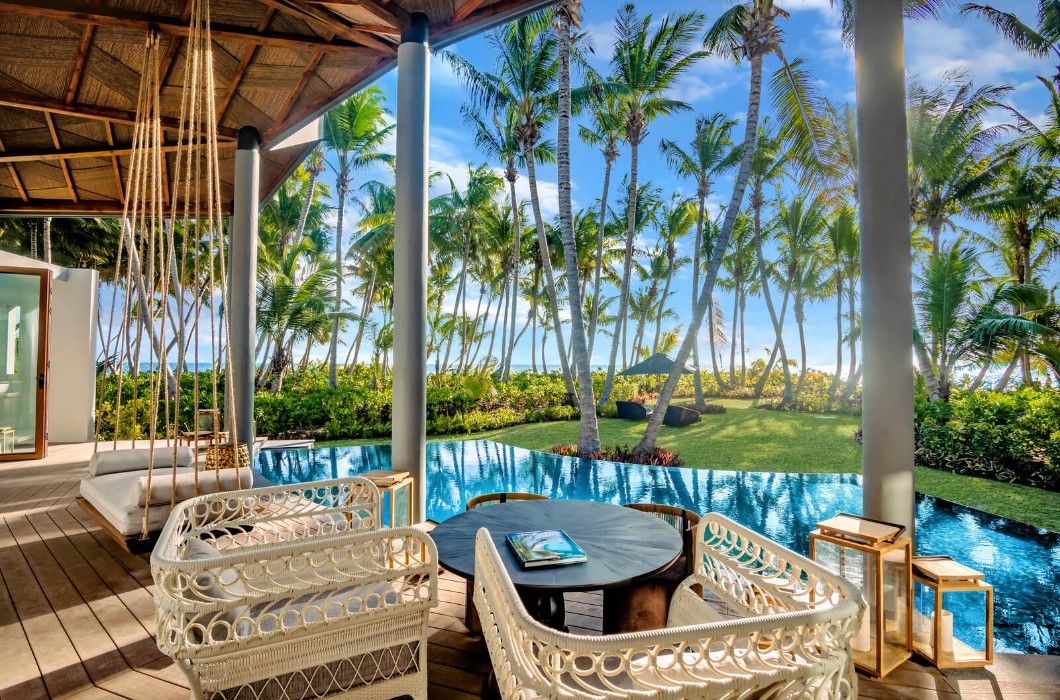
Similarly impressive a setting is found at Hilton Seychelles Labriz Resort & Spa on Silhouette Island, a 45-minute boat ride from Mahé via the resort’s private ferry. Once the domain of a single family that owned the island, Silhouette today is now home to a single resort on this, one of the most protected of the country’s 115 islands. More than 90 per cent of Silhouette is a nature reserve, providing Hilton Labriz guests with many places for hiking, kayaking, or lounging on the sand amidst Nature’s splendour. Occupying a beachfront sliver of the country’s third-largest island, Hilton Labriz occupies a beautiful setting for its self-contained world of fine accommodation, excellent food, environmental education, and recreational land activities. Swimming, snorkelling and diving just offshore in the azure-blue sea offers equally vivid colours as seen in the marine life under the surface.

On land, the former plantation home of the Dauban family is now Grann Kaz, a dining venue to partake in Seychelles’ unique Creole cuisine in an equally unique atmosphere. Today, the grandest accommodation at Labriz is not Grann Kaz but rather the sublime, 1200-square-metre private paradise that is Labriz’s two-bedroom Silhouette Estate Villa, which comes with private boat arrival and a personal butler and of course, a private pool and direct beach access. If family togetherness means some space apart, Labriz’s two Sanctuary Pool Villas are connected through garden access. A variety of activities including private sunset cruises, yoga sessions, spa treatments, diving excursions, and Creole cooking classes are easily arranged.

Long before European explorers came ashore on Seychelles, dhows were plying the coast of these scenic islands more than a thousand years ago in what was then known in the Arab world as Bahr el Zanj, the enigmatic sea from which came stories of dangerous waters and strange plants, not least of which is the coco de mer. The provenance of the tree’s hefty nut was unknown when found washed ashore along the beaches of the Indian Ocean, thousands of miles from its origin, adding to the mystery already created by its unusual shape, large size, and extreme weight. Another local plant is the V. planifolia orchid, better known as vanilla. Seychelles produces some of the best vanilla in the world, used to flavour the many coconut and seafood dishes that form the basis of the islands’ cuisine, in addition to its inclusion in desserts and sauces. Plant life is one of the strongpoints of Seychelles; the luxuriant vegetation covering the islands acts as a terrestrial counterpoint to the abundance of colourful marine life in the sea, whose astonishing blues and greens are themselves unique to the island, thanks to the combination of sand levels and plankton inflecting the water with brilliant hues. Luckily for travellers today, Seychelles’ past isolation and small population have allowed the country to maintain its natural assets comparatively unbothered by the relentless destruction of natural habitats witnessed elsewhere in the world.
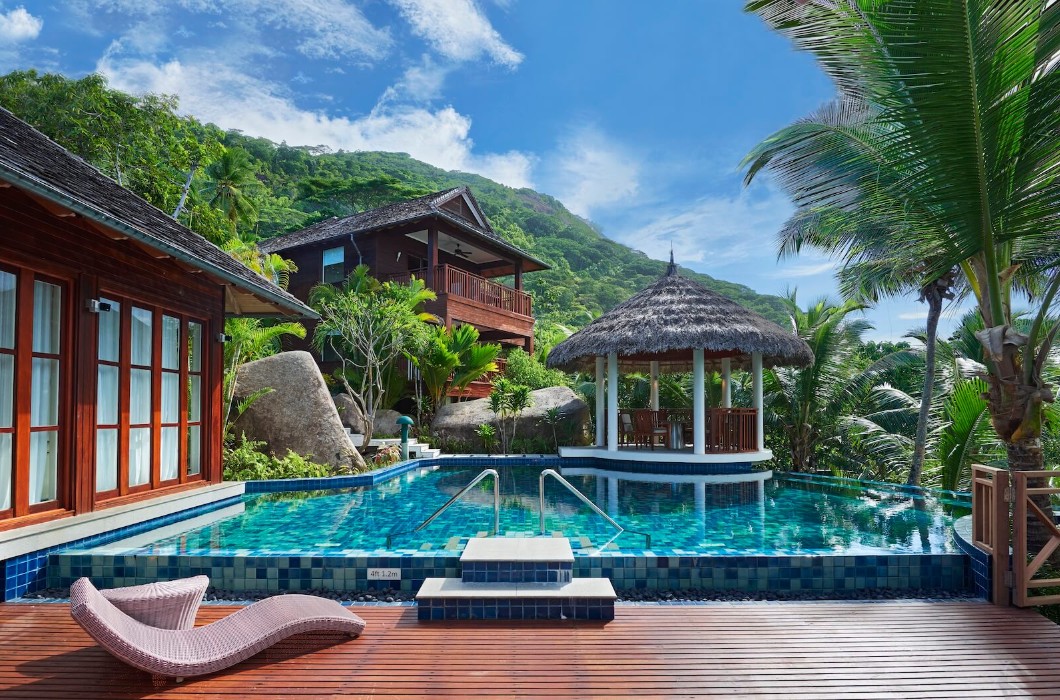
In order to reach Seychelles’ private islands, visitors must first pass through Mahé, the main island and home to Victoria, the country’s capital, as well as Seychelles International Airport. Despite looking small on a map, Mahé is no speck of sand; it can take several hours to drive from one end of the island to the other, especially when sightseeing stops are made along the way. For a truly meaningful souvenir, pay a visit to Kreolfleurage Parfums for artisanal fragrances using the aromatic plants and flowers of Seychelles. Kreolfleurage is located on the coastal road in the northeastern part of Mahé close to Anse Etoile beach where some of the most impressive granite boulder formations jut from the blue of the ocean into the blue of the sky. Mahé is itself a very attractive island, with tall peaks at its centre and smooth sand along its perimeter. Victoria is the smallest national capital in the world, with a mere 26,000 inhabitants; though attractive any time of the year, the town is at its most charming during cultural events when celebrations turn it into an outdoor party with the music and dancing so much enjoyed by locals and visitors alike. At other times, Victoria is a sleepy town usually visited as a daytrip from one of the resorts. Back in the country’s colonial days, Victoria’s location was chosen for its harbour rather than its beaches; thankfully, there is no shortage of stunning sandy strands elsewhere in the country.
